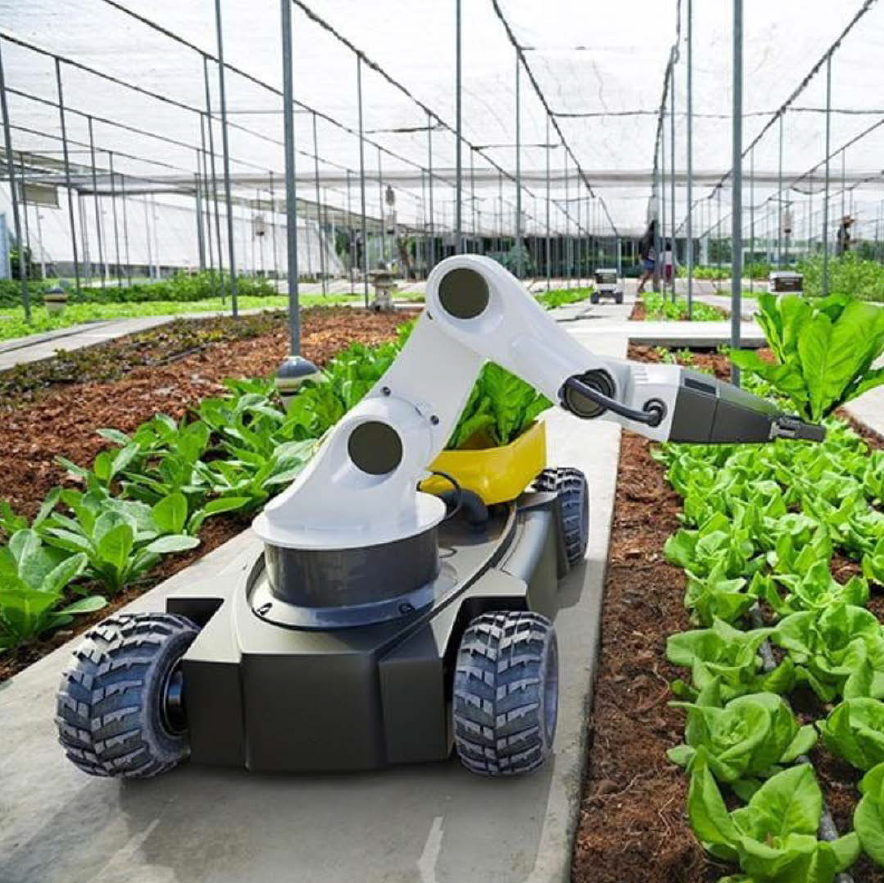
From Fields to the Future
Since the dawn of civilization, agriculture has served as the backbone of human progress. From primitive tools to modern machinery, innovation has always played a crucial role in helping us feed a growing global population. Today, we’re experiencing a new agricultural revolution—one powered by data, connectivity, and information technology in agriculture.
Gone are the days of the lone farmer relying solely on intuition and tradition. Modern agriculture is increasingly digital, with farmers using smartphones, analyzing satellite imagery, and deploying sensor networks. This evolution isn’t just about high-tech tools—it’s about leveraging information to create a more efficient, sustainable, and resilient food system.
Precision Agriculture: The Data-Driven Farm
One of the most transformative trends in agriculture today is precision farming. By using technology to apply inputs—like water, fertilizer, and pesticides—more strategically, farmers can reduce waste, increase yield, and minimize environmental impact.
Here are a few technologies reshaping the way we farm:
-
Sensors and IoT Devices: These turn farms into living data labs, capturing real-time information on soil pH, temperature, humidity, livestock health, and more.
-
Big Data and Analytics: Collected data is analyzed to uncover trends, predict yields, and inform smarter resource allocation.
-
Drones and Satellite Imagery: Aerial perspectives offer vital insights into crop health, irrigation needs, and pest infestations.
-
Autonomous Equipment: Smart harvesters and GPS-guided tractors can operate with minimal human input, boosting productivity and precision.
Beyond the Field: Digitizing the Supply Chain
Technology isn’t just transforming how we grow food—it’s redefining how it’s managed, distributed, and consumed.
-
Farm Management Software: Digital platforms help farmers oversee inventory, finances, and operations with greater ease and insight.
-
E-commerce and Direct-to-Consumer Sales: Online marketplaces enable farmers to connect directly with consumers, bypassing intermediaries and improving margins.
-
Blockchain Technology: This ensures traceability and transparency across the food supply chain, enhancing safety and building consumer trust.
Looking Ahead: AI and Automation in Agriculture
As we look to the future, artificial intelligence and automation are poised to unlock even greater potential in agriculture.
-
Predictive Analytics: AI models can forecast crop diseases, determine optimal planting times, and even predict market prices.
-
Agricultural Robotics: Automated systems are already performing tasks like weeding, harvesting, and even milking—freeing up human labor and improving operational efficiency.
Tackling Global Challenges with Technology
The agricultural sector faces enormous global challenges, from climate change to the demand for increased food production. Fortunately, technology offers critical tools for addressing these issues:
-
Sustainability: Data-driven practices help reduce input use, lower carbon footprints, and promote eco-friendly farming.
-
Food Security: By increasing productivity and reducing waste, tech-powered farming plays a vital role in feeding a growing population.
Conclusion
The challenges are real—but so is the opportunity. By embracing innovation, collaboration, and smart technology, we can transform agriculture into a more sustainable, productive, and resilient system. The future of farming is digital, and it’s already taking root.
